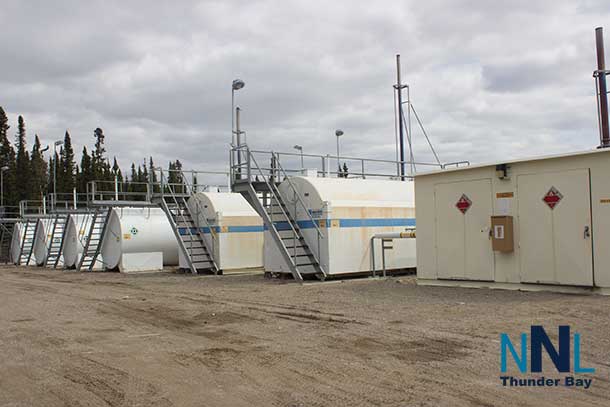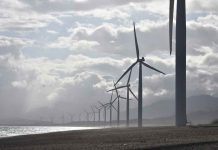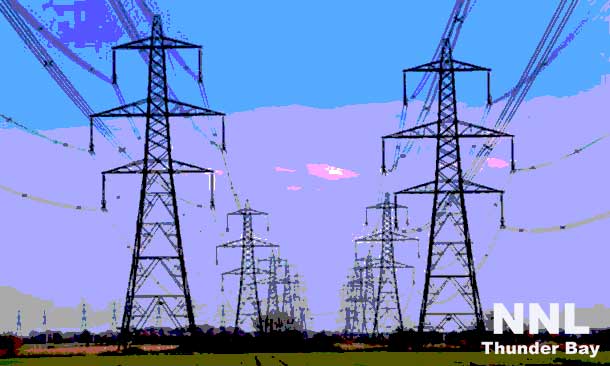

THUNDER BAY – ENERGY – Minister of Energy Bob Chiarelli was in Thunder Bay to witness a signing ceremony for an agreement between Wataynikaneyap Power, a partnership of 20 Ontario First Nation communities, and Fortis-RES, an electricity transmitter.
This agreement demonstrates progress towards Ontario’s plan to connect 16 remote First Nations communities that currently rely on diesel power to the electricity grid. Reducing or eliminating high-cost diesel use would lessen harmful emissions, strengthen local economies, create well-paying jobs and bring lasting socio-economic benefits for generations to come.
“Connecting remote First Nation communities to the provincial power grid is a priority in Ontario’s Long Term Energy Plan. Ontario will continue to explore innovative solutions for supplying electricity including consideration for on-site renewables, micro-grids and conservation in these communities,” stated the Ministry.
“On behalf of Nishnawbe Aski Nation I am pleased to congratulate this partnership which will lead to the connection of 16 remote First Nations to the provincial energy gird. Too many of our communities still rely on diesel generation for electricity that does not meet their power requirements and places the health of community members and the environment at risk. The cost of electrical power generated by diesel is considerably greater than energy costs in cities across Ontario, and this partnership will significantly reduce this financial burden for many First Nations while eliminating the health, safety and environmental impacts of diesel generation,” stated NAN Grand Chief Alvin Fiddler.
Ontario’s participation in the Pan-Canadian Task Force, established with partner provinces and territories to reduce the use of diesel fuel for remote communities, will assist in advancing the work that has been undertaken to reduce diesel use in remote First Nation communities.
Ontario welcomes future federal government partnership and engagement to ensure fair and equitable funding to support grid connection where it is economical.
Connecting remote communities to the electricity grid is part of the government’s plan to build Ontario up. The four-part plan includes investing in people’s talents and skills, making the largest investment in public infrastructure in Ontario’s history, creating a dynamic and innovative environment where business thrives, and building a secure retirement savings plan.
QUICK FACTS
- There are 25 remote First Nation communities in Northwestern Ontario that currently rely on diesel power.
- In Canada, there are nearly 300 off-grid communities with a total population of approximately 200,000 people. Of these sites, approximately 175 are indigenous communities (First Nations, Innu, Inuit or Métis) with approximately 130,000 residents.






